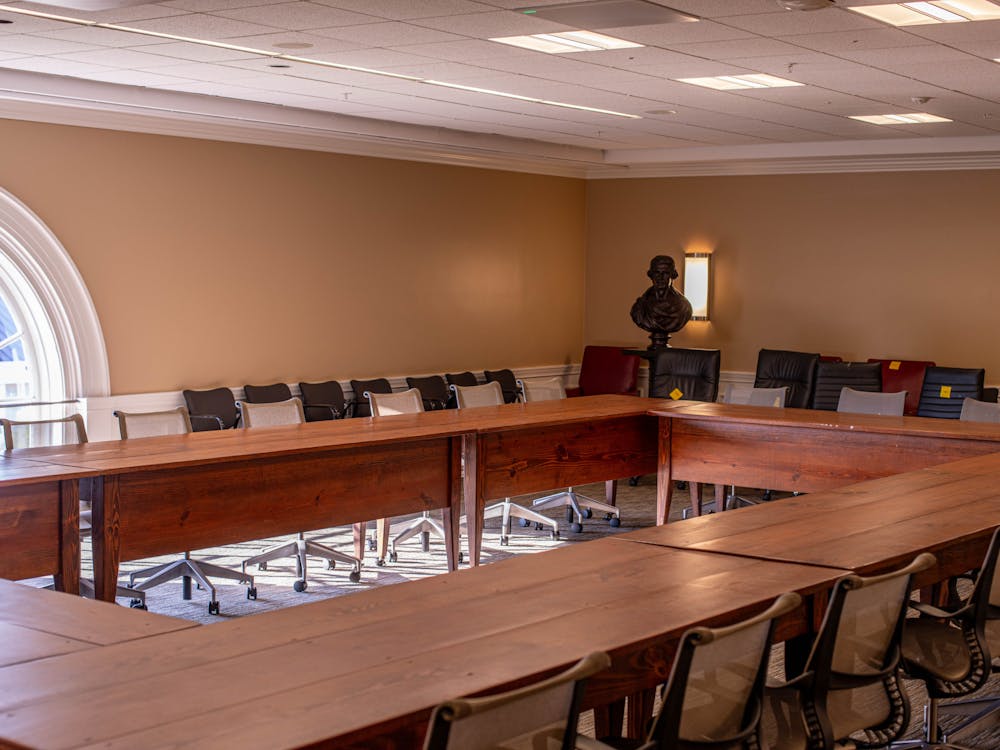An international team of physicists including University Assoc. Physics Prof. Bob Hirosky announced at the end of August the first observation of a particle that has been called a potentially crucial step in discovering and understanding fundamental laws of physics, the nature of matter and the forces around us.
Hirosky and his team observed the force-carrying particle, known as the Z boson, at the U.S. Department of Energy’s Fermilab in Chicago. He said the team saw the production of pairs of Z bosons in proton and antiproton collisions. This important observation has opened the door for research on extra dimensions in space, dark matter, and — perhaps most importantly — the Higgs boson, Hirosky said. This even more elusive particle is being sought with the help of the Large Hadron Collider, which opened Wednesday in Geneva, Switzerland.
“This serves as a platform to discovering more physics,” he said. “This is the last stepping stone before we discover the Higgs.”
The Higgs boson is theorized to be the basis of all matter in the universe and gives mass to the majority of objects in the universe, he said.
“The Higgs is the gigantic missing piece of the Standard Model of particle physics,” Hirosky said, referencing the physical theory produced by decades of empirical research. “It is the reason we’re made of mass rather than beams of light.”
Now that the production of two Z bosons has been observed, Hirosky and his team are concentrating on the Higgs boson, he said, in an attempt to determine what its mass may be, which in turn will help determine what properties it has. Hirosky maintained that the Higgs boson is theorized to be produced in a similar fashion as the Z boson.
The Higgs boson, though, is at least 10 times more rare than the Z boson, Hirosky said, and this may prove to be the biggest hurdle now facing the international team. Hirosky said the daunting nature of the feat should be obvious when one considers that, in order to observe the first-ever production of the Z boson, physicists had to look through more than 10 billion particle collisions.
“It’s like searching for a needle in the haystack to the extreme, but we’re getting close,” Hirosky said. “It’s only 10 times more rare when it could be thousands or millions of times.”
Physics Prof. Brad Cox called the Higgs the “linchpin particle of the Standard Model of physics,” that, despite decades of searching, has never been seen. This, Cox said, is because the Higgs particle is very heavy, and there has not been a powerful enough particle accelerator to confirm its existence.
That all changed, however, with the opening of the $3.2 billion Large Hadron Collider, which will begin fully functioning in spring 2009. The new particle accelerator, which Hirosky called “the largest machine ever built,” has a circumference of 17 miles compared to the Fermilab’s 4-mile circumference, along with astonishing power and accuracy that likely will lead to new breakthroughs in high energy physics. For these reasons, Cox said, it is expected that definitive measurements relating to the Higgs boson will be made there rather than at the Fermilab.
“We think a whole new era of physics will begin when this machine hits full operating potential,” Hirosky said.






